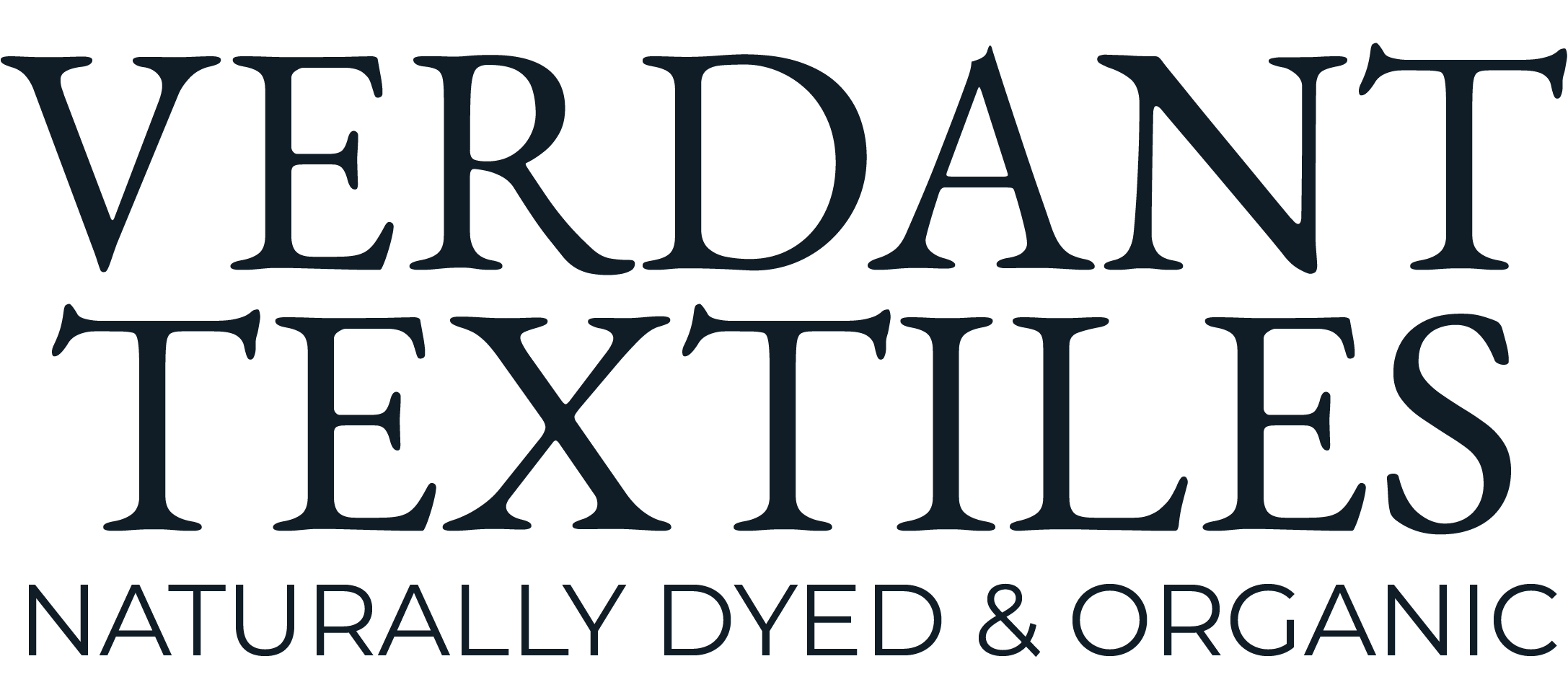Natural Dye, Process, Yarn
Dyeing with Hollyhock (Alcea rosea) Petals


I’m very excited to have finally dyed something with my beautiful Black Hollyhock flowers! I grew these towering spires of striking, almost-black blooms from seed. Hollyhocks are a biennial plant, meaning they only flower every other year. I had to wait all year to see these babies flower!

The garden bed I grew them in was up against the south side of the house because Hollyhocks LOVE sun. It became a bit of a mess as the stalks grew taller and taller. Some of the plants grew to a towering height of 15 feet, they were all falling over and bringing down their neighboring plants with them. Next year, I will definitely add in some additional supports. I also plan to give the plants a lot more breathing room next year, or maybe plant them in a different location all together where they will have more airflow. They were infected with a pretty bad case of fungus called Hollyhock Rust. It did not seem to affect their blooms, but the leaves of the plants became very unattractive with disgusting, pimply looking rust spots. So gross.

I grew these with the intent to make dye from their dark red petals, expecting to achieve a dye hue in the red family. Boy was I surprised with the result!
I collected about 3 pounds of flower petals. The really nice thing about growing this plant as a dye source is that it is super easy to harvest. The blooms curl in on themselves and fall away from the plant, landing neatly on the ground beneath to be collected. I went out a couple times a week to collect the fallen flower heads. After 2 weeks I had 375 grams of flower heads, almost a pound.

I filled a 10 gallon stock pot with cold water and added the hollyhock flowers. I brought the pot to a simmer and let it cook for about an hour before taking it off the heat. The resulting dye bath was an almost black, inky purple with a reddish tint in the sunlight, much like the flowers themselves.


I had about 400g of fiber pre-mordanted and ready to be dyed, about the same weight as the dyestuff. I generally start with a 1:1 weight ratio of dyestuff to fiber when I am experimenting with a fresh, new dye source. For this experiment I dyed both wool and cotton. For the cotton, two 100g skeins of organic cotton singles yarn, pre-mordanted with tannin and alum. For the wool, two 100g skeins of organic wool singles, pre-mordanted with alum.
I put the wet out skeins into the hot dye bath with no additional heat. The skeins instantly began to take up the dye the moment I put them into the pot. The color was not at all what I was expecting – The yarn of both the wool and the cotton began to turn shades of blue! The wool took on a green-blue color and the cotton a deep navy. The color intensified greatly the longer it was in the pot.

I let the pot cool with the yarn in it overnight. In the morning the yarn was fully saturated and ready for a rinse.

After rinsing and washing the skeins in cool water with castille soap, I let them dry outside in the shade. I could not stop looking at them! I was, and still am, very excited by the color I achieved. I have dyed a bunch more yarn with hollyhocks and I will be plying it as soon as it is dry. I will have skeins available soon in my shop at www.verdanttextiles.com. I am so pumped to make things with this gorgeous color, fully imbued with the life and spirit of the magnificent hollyhock plant!!




